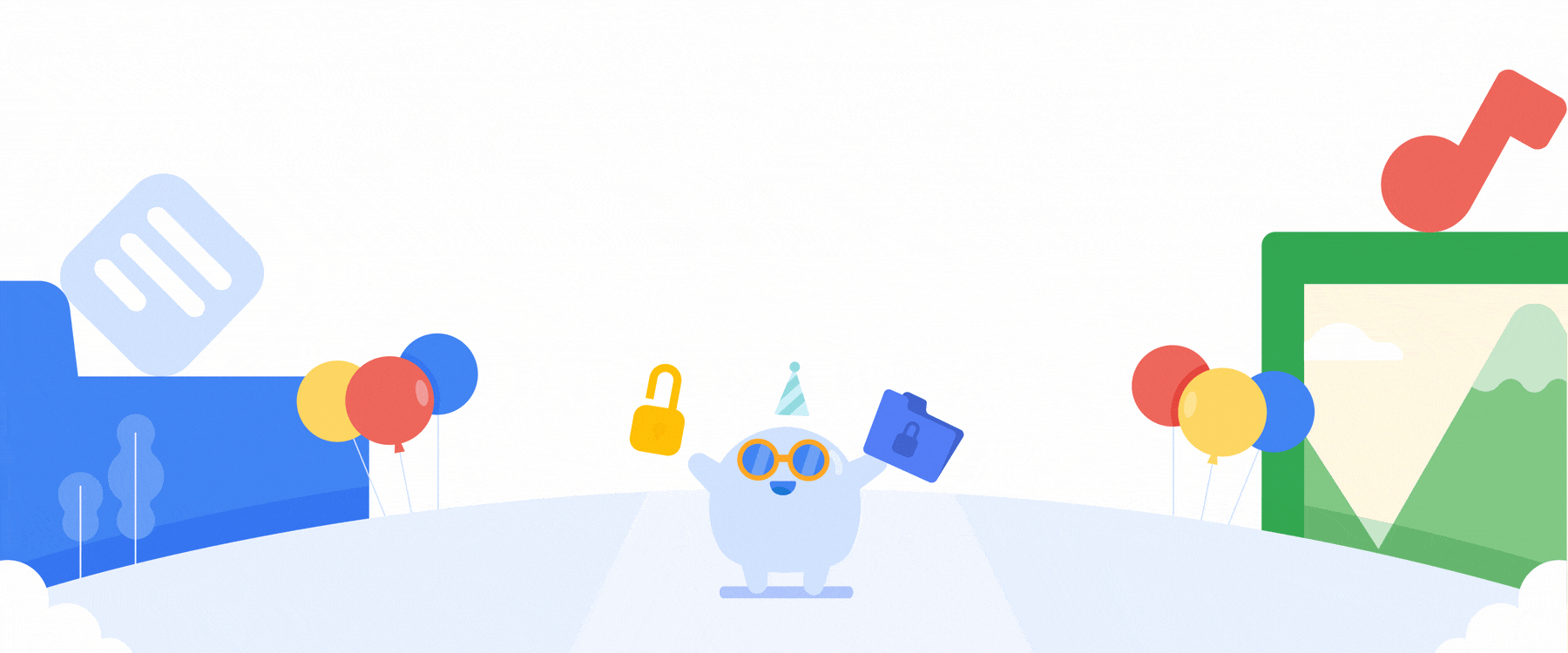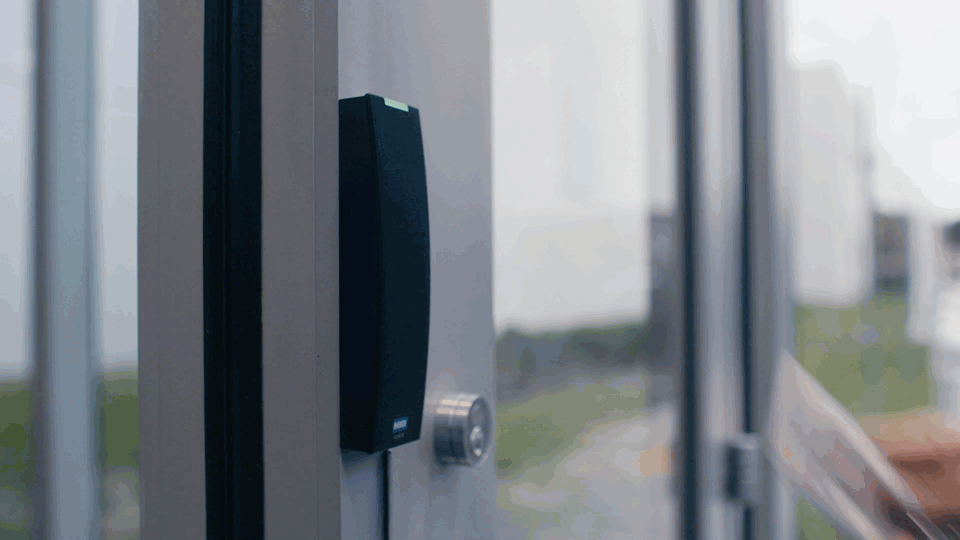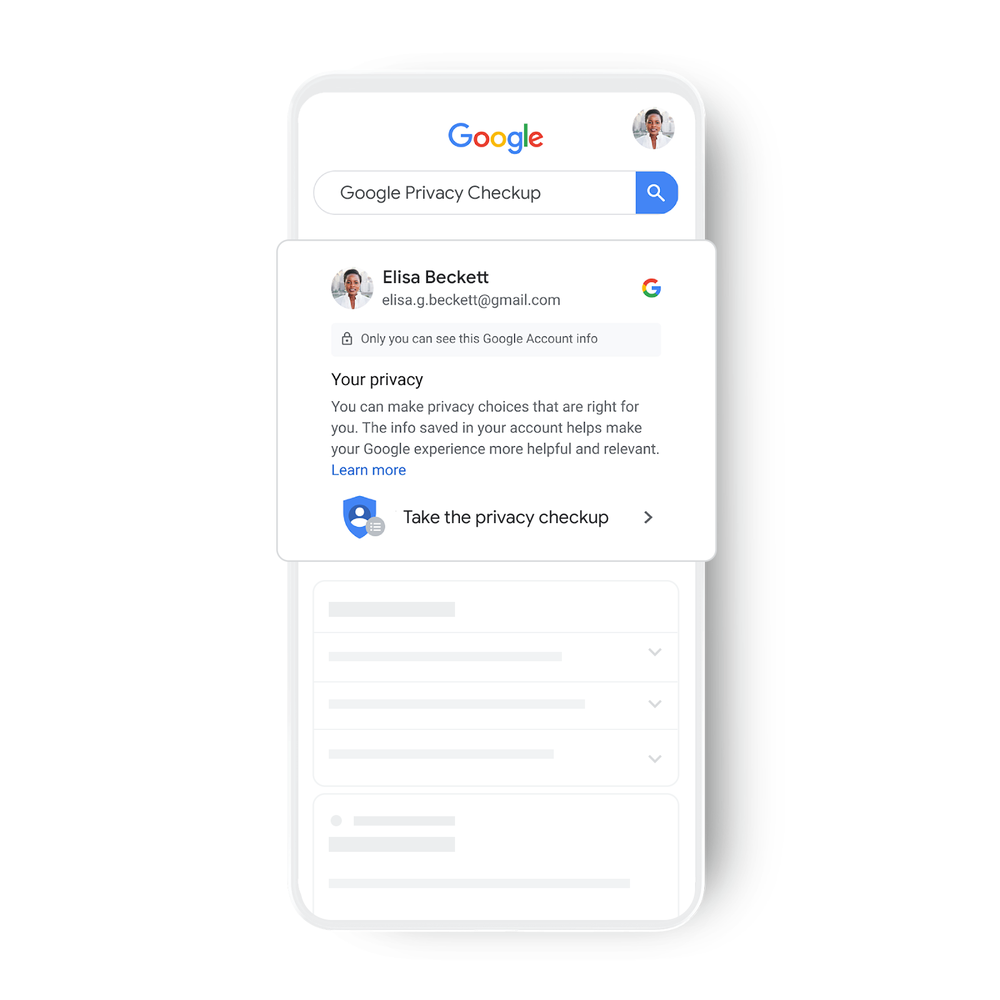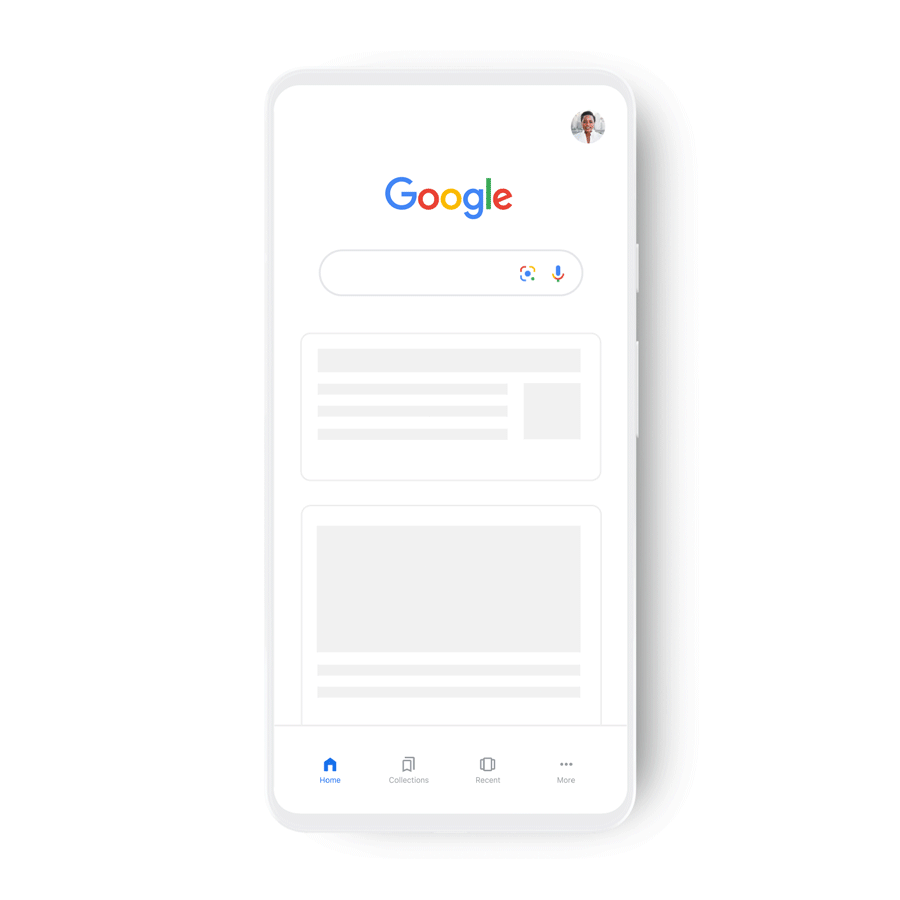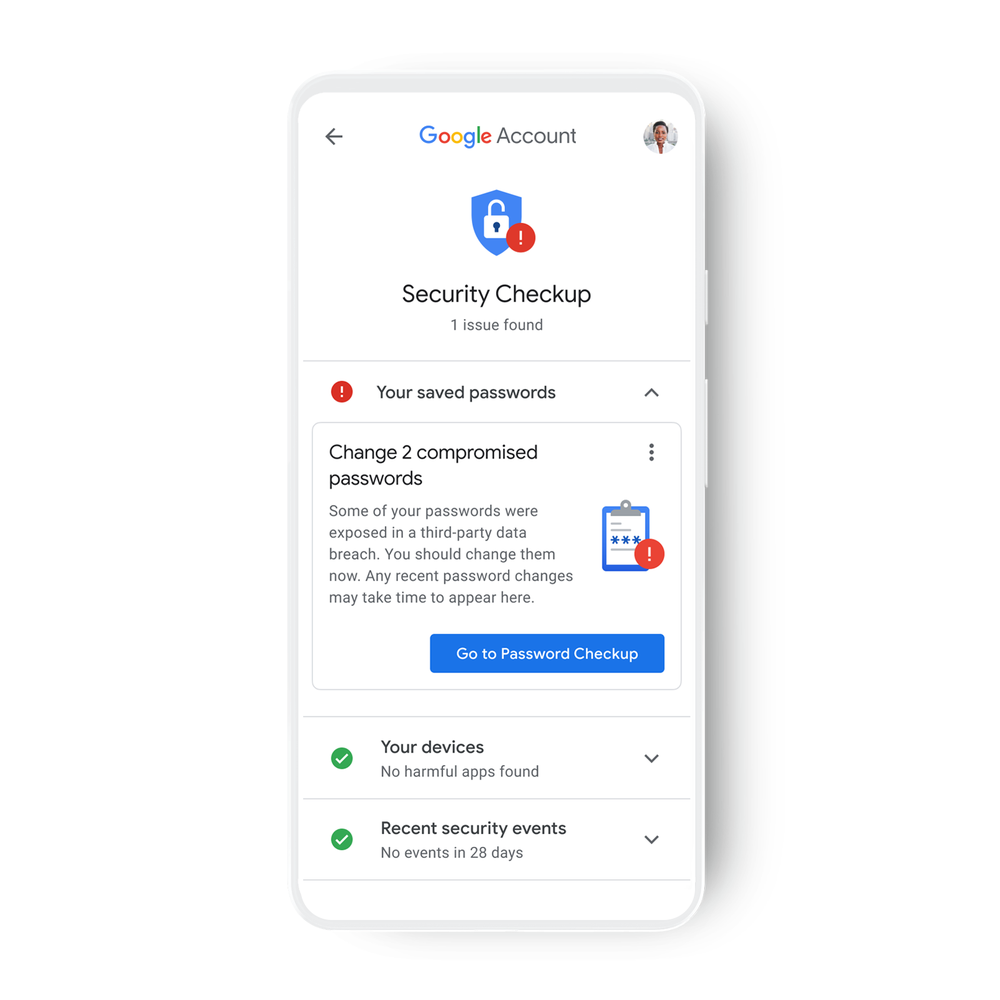Businesses often rely on phone calls to reach out to new customers and serve existing ones. But here’s the hang-up: customers often don’t answer the call if they don’t recognize the number. They worry it could be spam, or worse, a scam: a 2019 FTC report found that phone calls were the number one way people reported being contacted by scammers. While most people said they hung up on those calls, those who lost money reported a median loss of $1,000. Spam and scam calls erode trust in businesses and increase costs to consumers.
Verified Calls by Google
Verified Calls aims to solve this problem by showing the caller’s name, logo, reason for calling and a verification symbol indicating the business has been authenticated by Google. This is done in a secure way—Google doesn’t collect or store any personally identifiable information after verification.
Verified Calls is a feature on Google’s Phone app, which comes pre-loaded on many Android phones and will be available for download starting later this week on even more Android devices.
Better answer rates
We’ve been piloting Verified Calls for a few months, and the early results indicate that it improves the likelihood of someone answering a call. This in turn helps reduce business costs while identifying relevant calls to people in a trustworthy way. A wide range of businesses and institutions have been using Verified Calls during the pilot. For instance, banks calling to alert a customer about a possible fraudulent transaction can increase answer rates by stating the call reason. A food delivery or logistics company can do the same to make sure customers are available to receive their deliveries.
Verification increases consumer trust
Based on last year’s launch of Verified SMS, which confirms the identity of the business that’s texting you, we learned that verified communication is valuable to both businesses and consumers. A study in the U.S. and Brazil found that Verified SMS increased consumer trust in brands, which significantly improved performance on metrics like likelihood to purchase, brand satisfaction, and likelihood to recommend.

